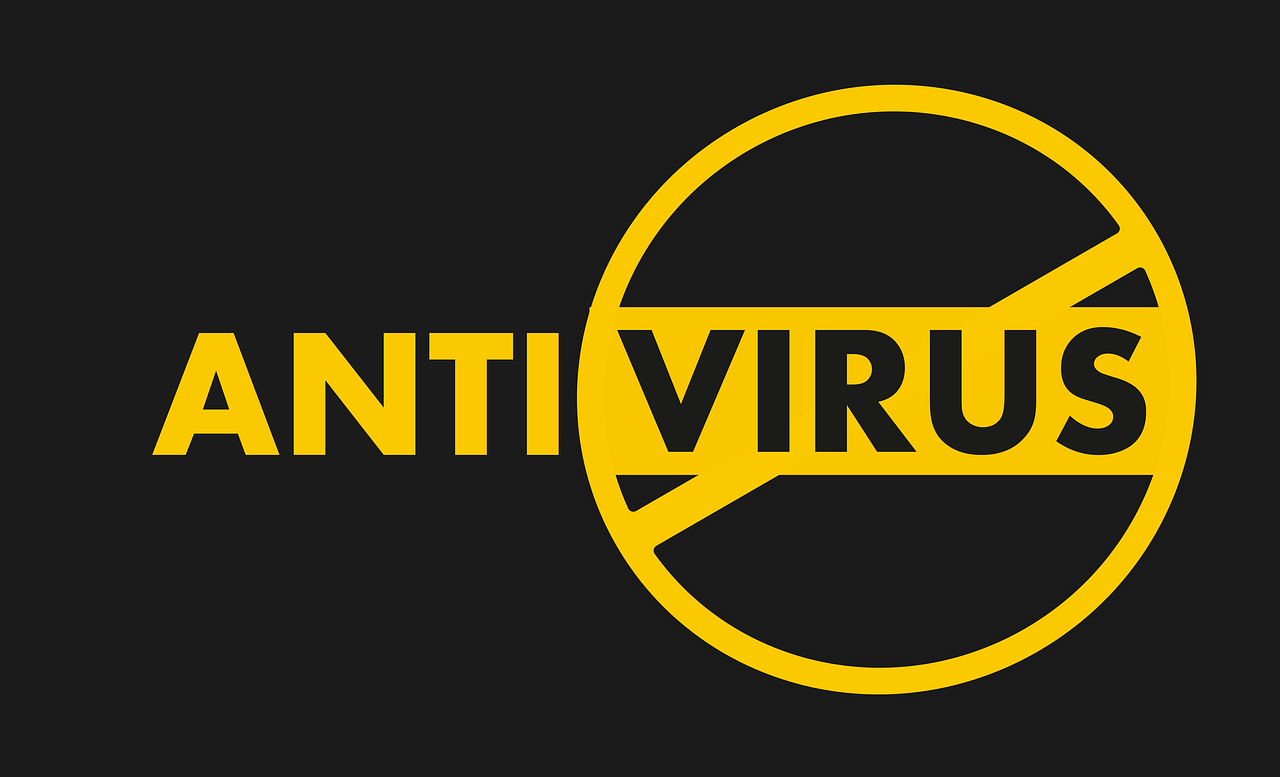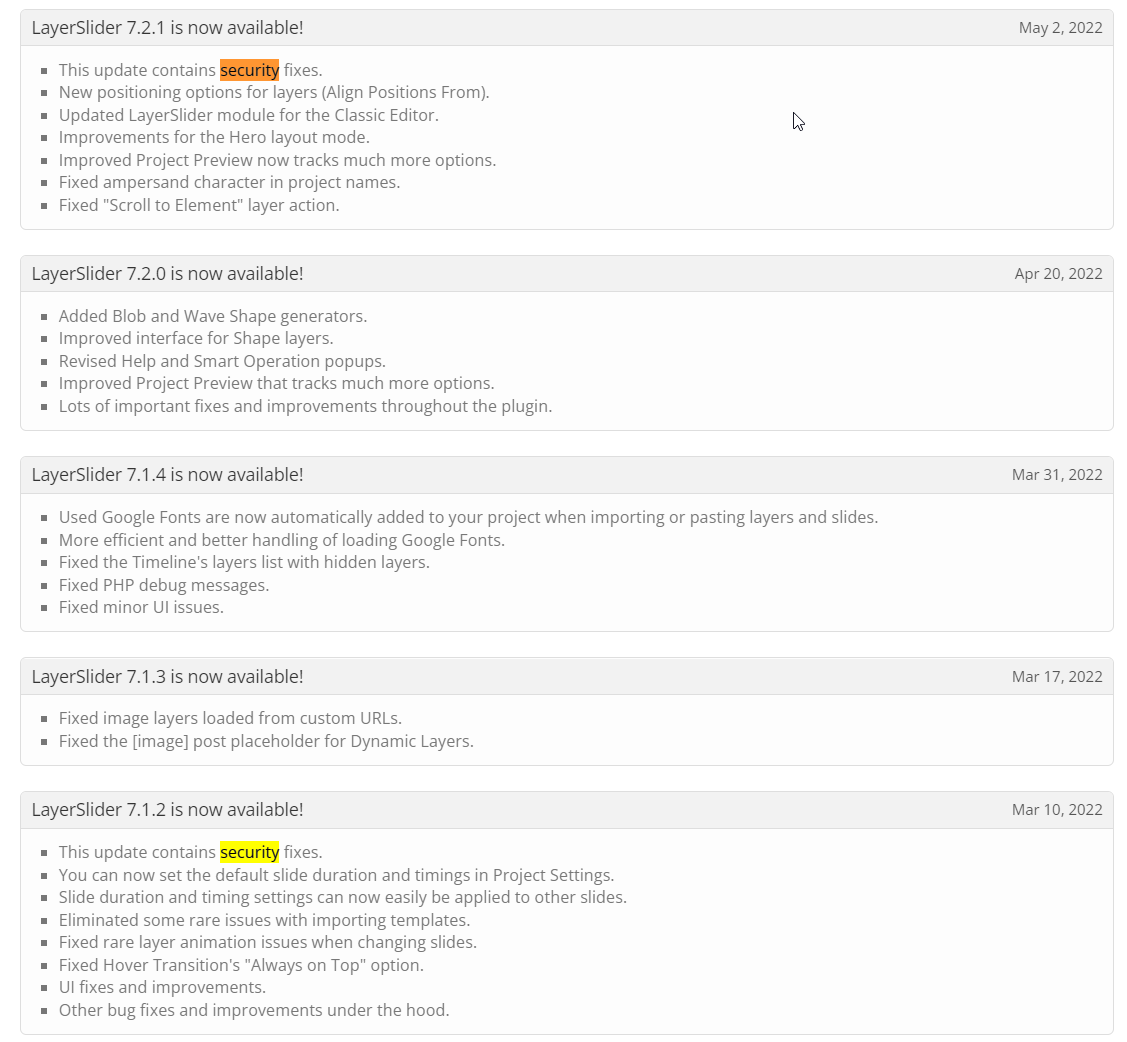
A summary list of the most current and dangerous threats to our safety and internet security:
The DDOS attack on new entrants to online business
The newest to enter the online market in various businesses, especially the domain hosting, vpn and sales market have started to run into serious problems regarding the resistance against DDOS attacks and without a doubt, there is a very good chance that the attacks will come from the competition!
I’m not a big fan of conspiracy theories, but I have some experience in the online field and in the behavior of those who have power and have a lot of money: they can’t stand the competition and want to eliminate it, either by buying them or by attacking them in various ways. And one of the simplest methods is to attack the hardware infrastructure!
Ransomware attacks on the public sector
In a ransomware attack, hackers access a user’s computer systems, usually by blocking them with cryptographic methods. These attackers will unlock (decrypt) the infected systems only if the victim pays a ransom.
Most often today, the computer systems of government bodies are targeted, including municipalities, public utilities, fire and police departments, based on the fact that these entities invest very little or not at all in cybersecurity!
Deepfakes
Deepfakes is a new technique that involves the use of artificial intelligence technologies, creating false images and sounds that seem real: deepfake could create a video in which a people words are manipulated, superimpose the faces of popular stars on other people’s bodies, etc.
Quantum Computing threat to cryptographic systems
The threat is that quantum computers may decrypt cryptographic codes in the near future that would take far too long for traditional computers.
Synthetic identities
They are a form of identity fraud in which scammers use a mixture of real and fabricated credentials to create the illusion of a real person, data later used for criminal purposes.
AI-powered cyberattacks
Using new-tech A.I. hackers are able to create programs that mimic known human behaviors to trick people into activities that can lead to financial or other damages.
Cloud jacking
It is a new form of cyber attack, evolving in parallel with virtual currencies, in which hackers infiltrate companies’ programs and systems, stored in the cloud and use hardware resources to exploit them for cryptocurrency mining.
AI poisoning attacks
Known as poisoning attacks, cybercriminals can inject bad data into an AI program when it’s learning a new model or system.
Disinformation in social media
False news is everywhere, it is also known as disinformation by deliberately spreading inaccurate news and information, designed to convince and fool people.
Vehicle cyberattacks
Cybercriminals will be able to access vehicles to steal personal data, track the location, driving history or even disable or take over security features, which is a very serious issue as only in sci-fi movies can you see!
Breaches in medical networks and hospitals
Medical service providers are the main targets for cybercriminals, and this is due to the fact that these media providers have access to the personal and financial information of many patients, information that can be exploited on the dark web.
Fileless Attacks
A usual fileless attack could start with an email link to a malicious website looking for security holes to penetrate a target. The social engineering tricks on that site can launch system tools, such as PowerShell, that retrieve and execute additional payloads directly into system memory without leaving a subsequent physical trace in the system.
Unpatched Security Vulnerabilities and Bugs
…



Leave a Reply
Your email address will not be published. Required fields are marked *